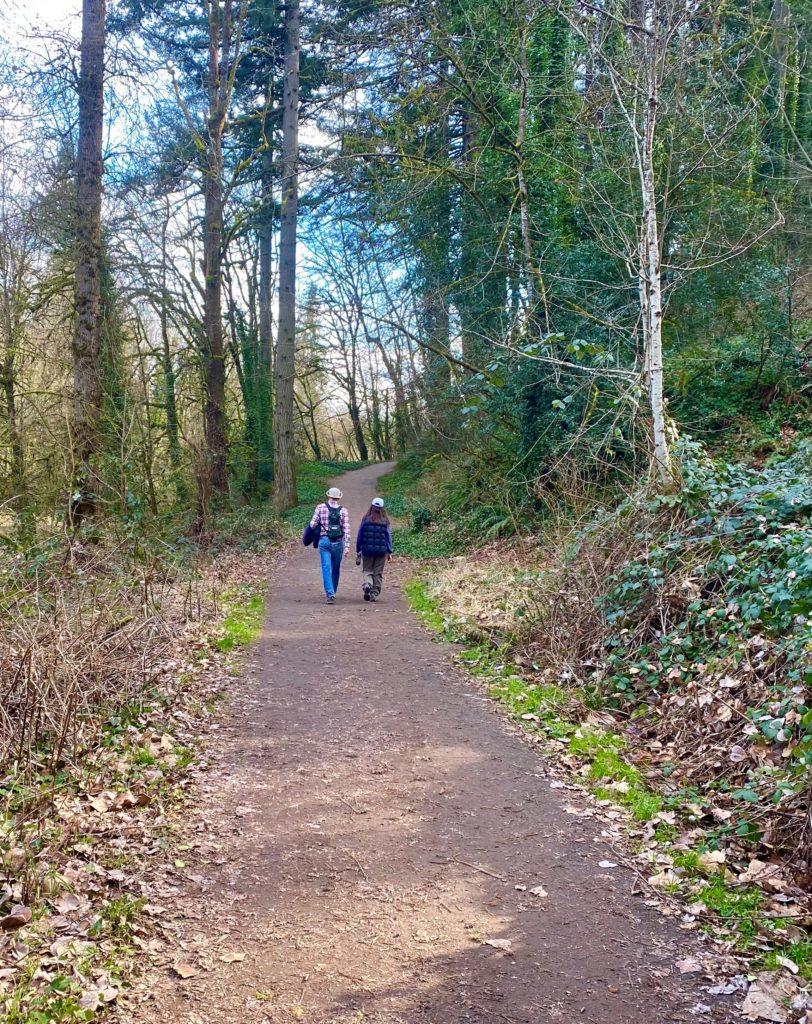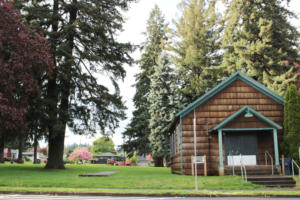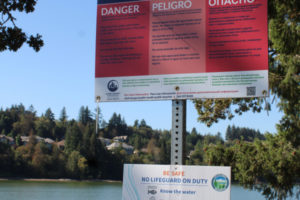Maintain what we have. Fill in the gaps. Improve trail connections. And continue to develop and improve the city’s existing parks. Those were a few of the things Camas Parks and Recreation Director Trang Lam said she and city consultants “heard loudly” during their nearly yearlong outreach to the community in preparation for Camas’ updated, 6-year Parks, Recreation and Open Space (PROS) Plan.
The Camas City Council agreed to pass the bulk of the 255-page PROS Plan — the city’s guide for managing and enhancing its parks, trails, open spaces and recreational offerings — during the Council’s regular meeting on Monday, March 7, but said members wanted to take a closer look at a 20-year list outlining $130 million in potential capital facilities projects.
“It’s a hard number to swallow,” Lam told the Council Monday. “This is a 20-plus-year project list that the Parks and Recreation Commission will review every two years. It should not be stagnant … it’s not ‘one and done’ once you’ve approved this list.”
For the city of Camas to maintain its eligibility for grants administered by the Washington State Recreation and Conservation Office (RCO), it must update its PROS Plan every six years.
Due to staff turnover, including the retirement of former parks and recreation department manager Jerry Acheson in December 2020 and the hiring of Lam, the department’s new director, in 2021, and the ongoing COVID-19 pandemic, the city is behind schedule in updating its PROS Plan. To apply for the current round of state parks and recreation grants, the city needed to pass its updated PROS Plan this month or risk waiting another two years for the 2024 grant cycle.



